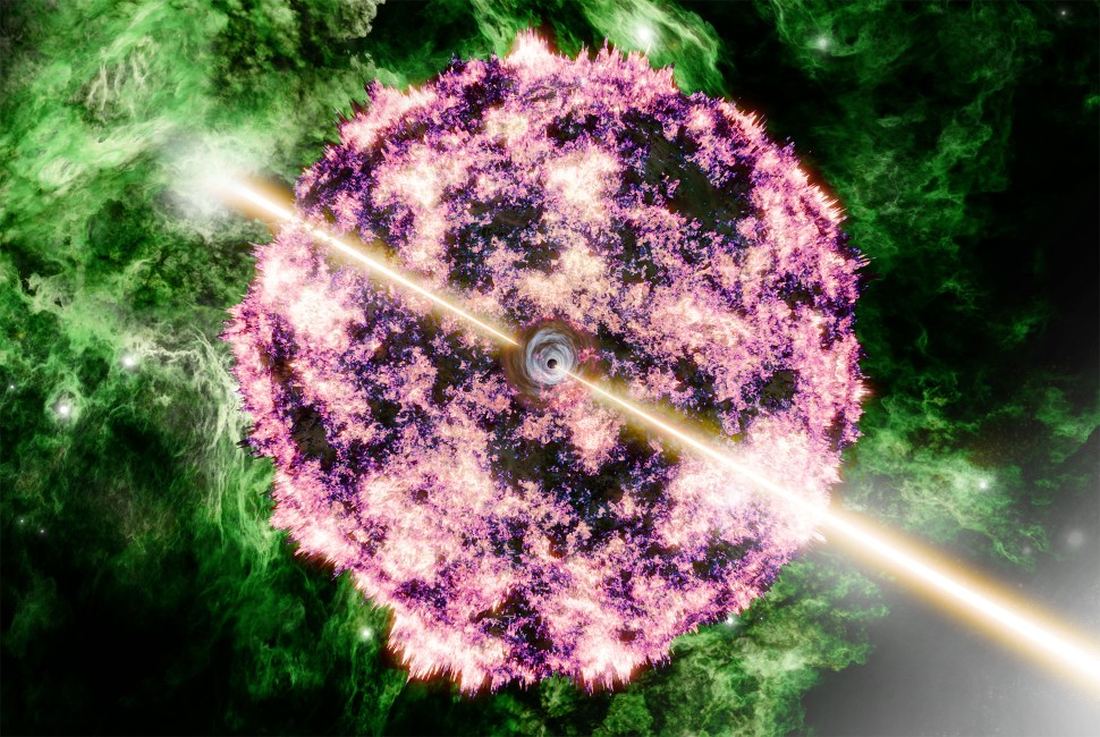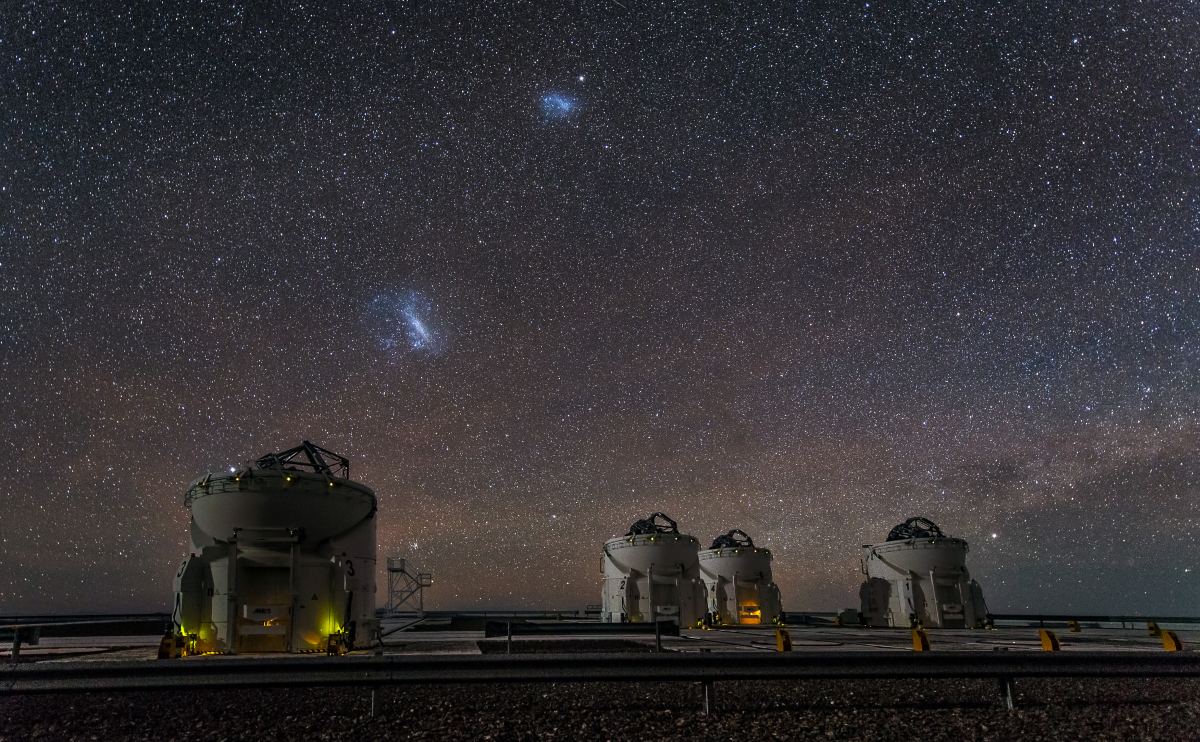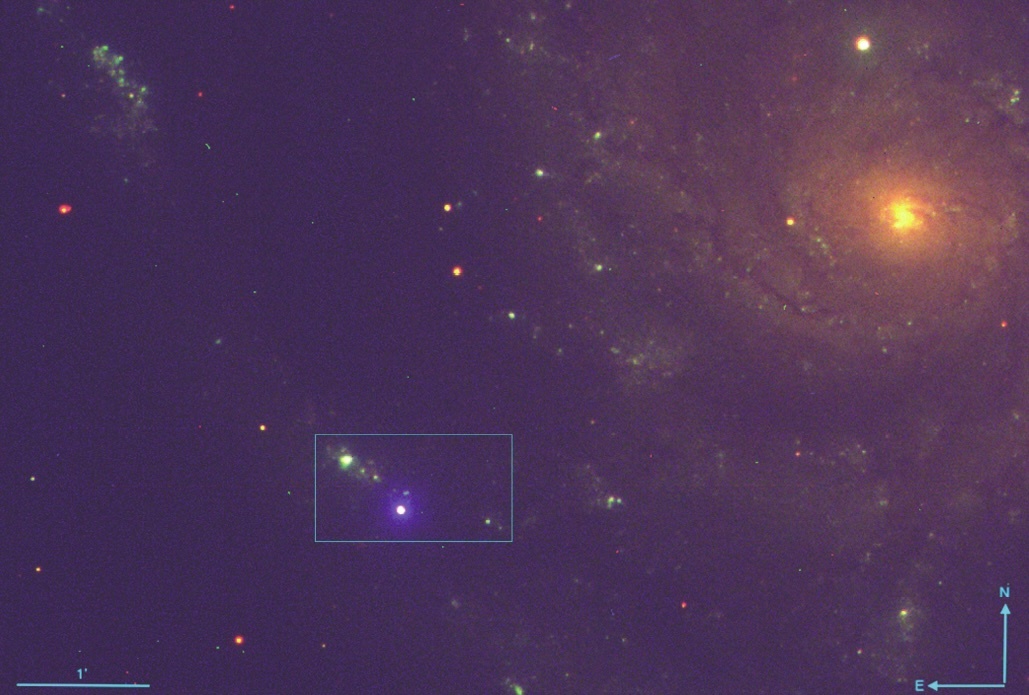Universe Today has recently investigated a myriad of scientific disciplines, including impact craters, planetary surfaces, exoplanets, astrobiology, solar physics, comets, planetary atmospheres, planetary geophysics, cosmochemistry, meteorites, radio astronomy, extremophiles, organic chemistry, black holes, cryovolcanism, planetary protection, and dark matter, and what they can teach us about how we got here, where we’re going, and whether we might find life elsewhere in the universe.
Here, Universe Today discusses the explosive field of supernovae—plural for supernova—with Dr. Joseph Lyman, who is an assistant professor in the Astronomy and Astrophysics Group at the University of Warwick, regarding the importance of studying supernovae, the benefits and challenges, the most intriguing aspects about supernovae he’s studied throughout his career, what supernovae can teach us about finding life beyond Earth, and any advice he can offer upcoming students who wish to pursue studying supernovae. Therefore, what is the importance of studying supernovae?
Continue reading “Supernovae: Why study them? What can they teach us about finding life beyond Earth?”










